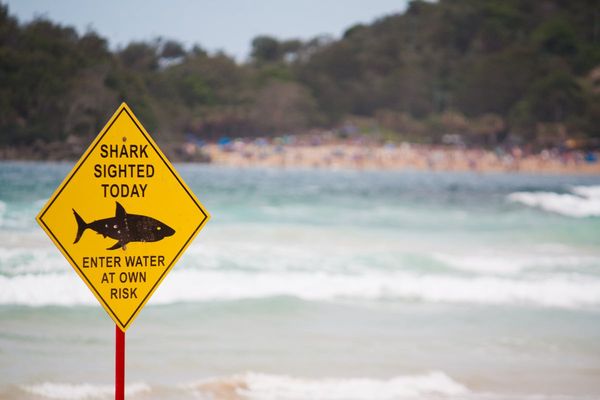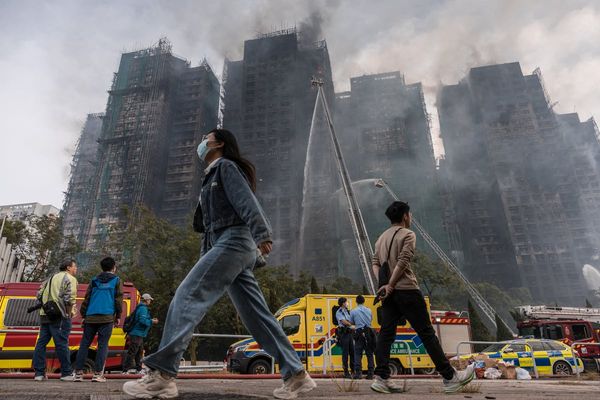There was a time in the not-so-distant past when the ACT Fire and Rescue Service never had to put the call-out for new recruits; those who wanted in put their names down and waited for a phone call.
But now the fire service finds itself in fierce competition with a variety of other challenging professions - notably police and the military - to attract the brightest and best young people capable of managing the stress, the discomfort, the danger and the shiftwork.
Right across the country, incentives are being dangled in front of an increasingly smaller cohort of potential young recruits into these professions, including lucrative $20,000 sign-on bonuses from the Queensland police and a recent deal from NSW police for fully paid and no cost, live-on-campus training at the Goulburn academy.
For the next five weeks, ACT Fire and Rescue is on the hunt for 40 new recruits as it pushes to hit its 2020-25 workforce target of 430 firefighters.

That's minimum number it needs to hit to cope with current attrition rates and to scale up in number in readiness for new fire stations promised at Acton, Molonglo and Casey.
The average age of the ACT firefighter cohort is 43, which means plenty are reaching an age where they must either become non-operational, switch careers, or take early retirement
The past practice of drawing firefighters mostly from ex-military members and within the physical trades are long gone; the Australian Defence Forces now fiercely fights to hang onto every new signee - even those who can't finish their Duntroon training are reassessed and reassigned - and the rich hourly rates charged by qualified tradespeople can't be matched by the fire service.
Nonetheless, tradespeople make up a size proportion of the latest recruit class, as well as fit people like personal trainers.
To be a successful firefighter recruit in 2024 requires a successful passage through a seven-stage program, including stress tests, psychometric and mental suitability.
The physical tests are particularly tough with the most difficult being the simulation of a "partner rescue" from within a burning building.
This is done with a 60-metre sled drag, pulling 130kg backwards. And it has to be completed under two minutes, in all fireproof gear, an air tank strapped to your back and with breathing apparatus on.
Then there's the simulated fire hose carry, again wearing all operational equipment: walking a narrow balance beam with 20kg of hose weight in your arms, then jumping across a gap and landing back on the beam again.

As with fire services around the country, all recruits have to pass arduous level 9.6 on the "beep test" or shuttle run: that's a cumulative distance of over 1.6kms at an average running speed of 12.5 kmh. The Army's beep test pass rate is a much lower 7.5.
For those who make it through, such as the 18 members of the latest College 50 class which had their first day of their 21-week training on Monday, the reward is around $80,000 in starting salary from day one of training, with an immediate pay increase once graduating as a probationary firefighter.
But unlike the police, it's not a live-in training environment with free accommodation and meals. All the firefighting trainees have to pay their own rent and board.
The head of ACT Fire and Rescue recruit training, Paul Colussi, said the goal was to seek out the most diverse range of recruits as possible. two
"There's a wide range of disciplines involved," he said, including the traditional type of firefighting, extricating people from crashed cars - and yes, even rescuing cats stuck up in trees.







